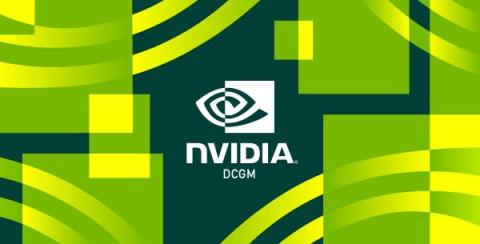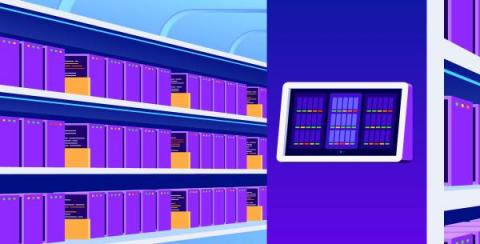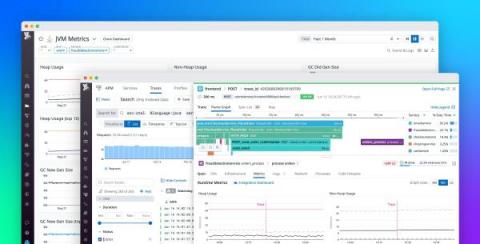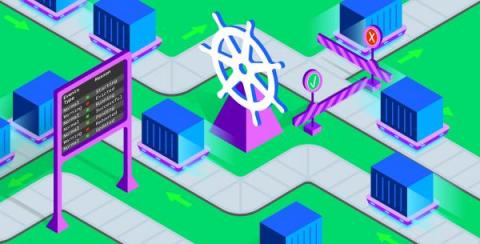Understanding AWS Lambda proactive initialization
AJ Stuyvenberg is a Staff Engineer at Datadog and an AWS Serverless Hero. A version of this post was originally published on his blog. In AWS Lambda, a cold start occurs when a function is invoked and an idle, initialized sandbox is not ready to receive the request. Features like Provisioned Concurrency and SnapStart are designed to reduce cold starts by pre-initializing execution environments.











